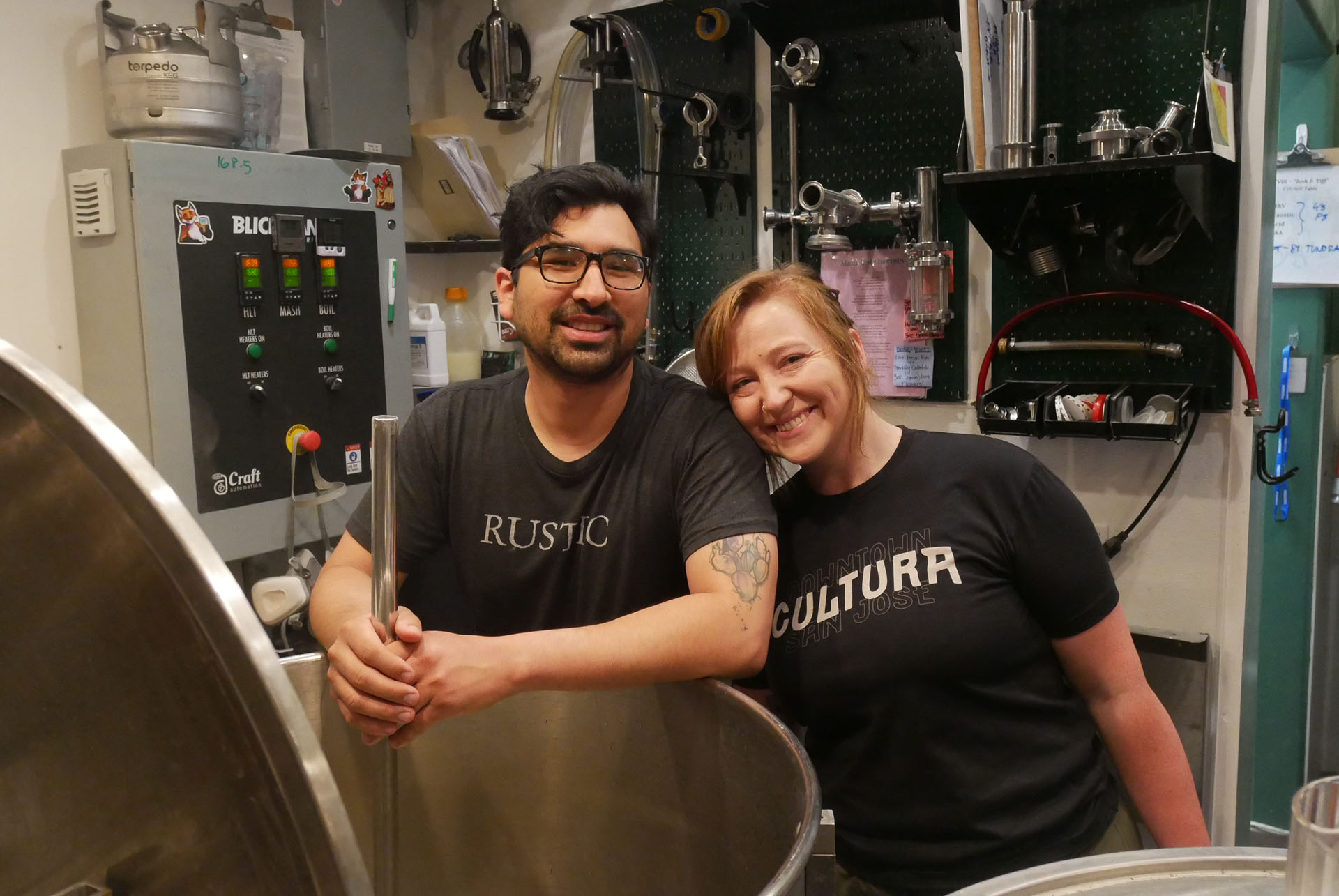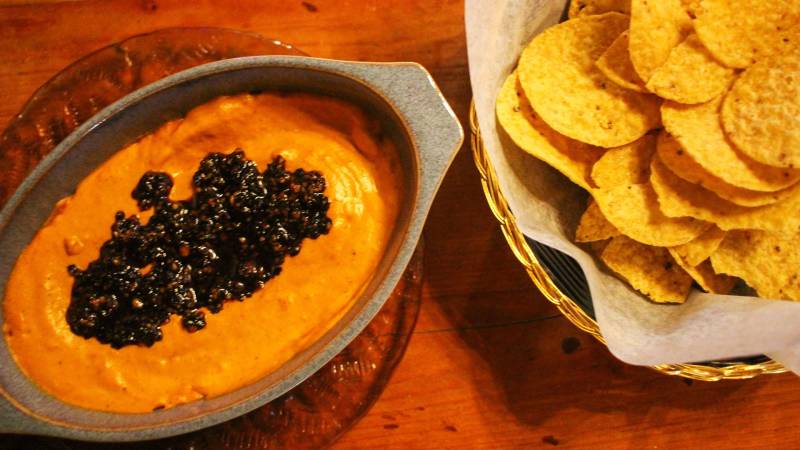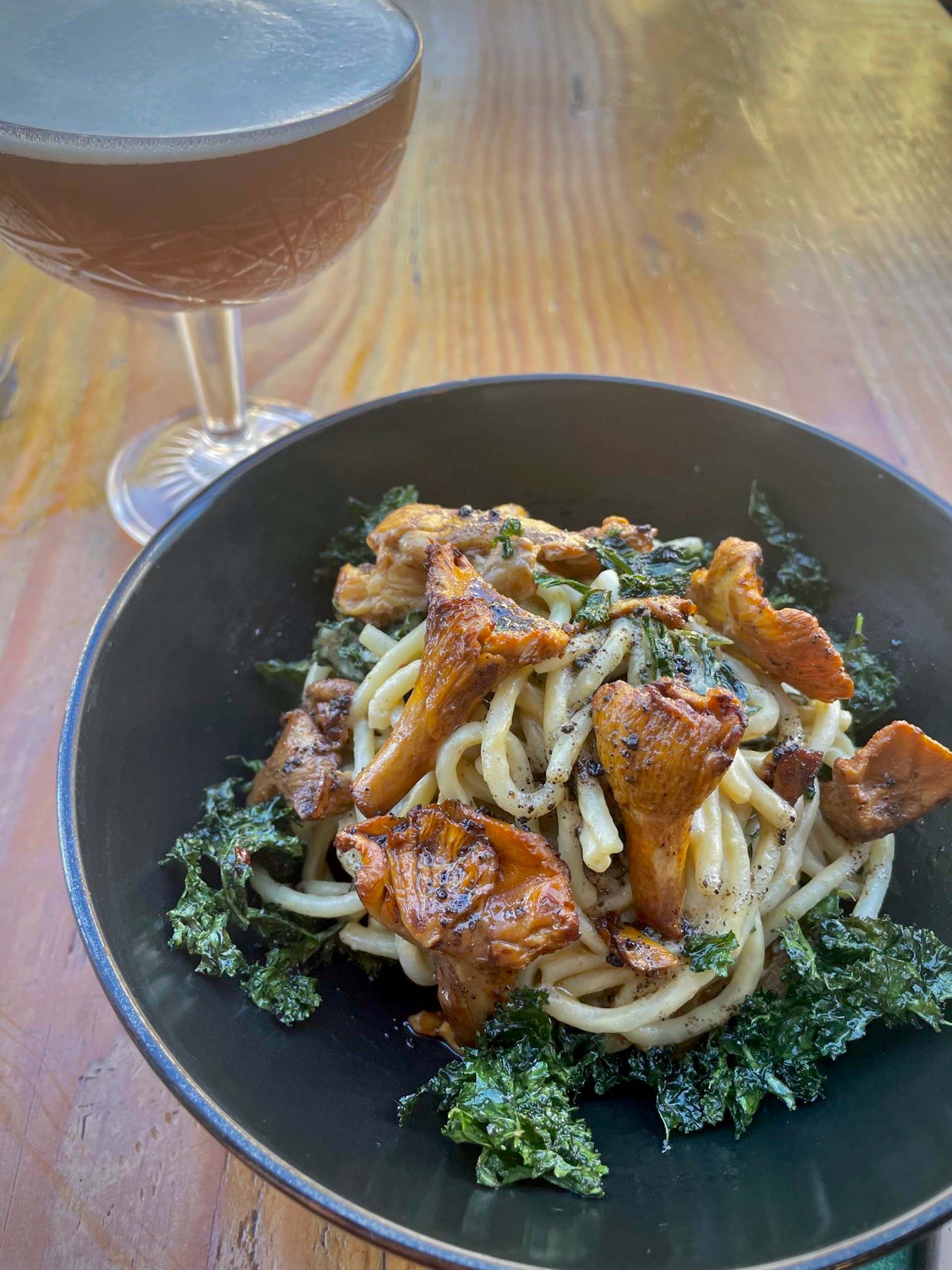At Fox Tale Fermentation Project, cashews are blended into vegan queso, sourdough bread gets transformed into miso and whole oysters are brewed into beer.
As its name suggests, the downtown San Jose brewery is known for its experimental approach to its beers, which are made by fermenting special ingredients like rose petals or loquats foraged from the local community. Owners Wendy Neff and Felipe Bravo started tinkering with fermentation in their garage before opening the brick-and-mortar location last April. By combining Neff’s experience as the head of Facebook’s fermented foods program and Bravo’s experience as a professional brewer, the couple grew their passion project into a now-thriving business. Hop Culture Magazine even named it one of the best new breweries in the entire country.
What sets Fox Tale apart is its focus on finding new ways to use local ingredients.
“There are so many amazing producers around here,” Neff says. “Especially independently owned farms and gardens that are creating beautiful things. We’re getting really unique items and things you can’t find through a large produce company.”

Local gardens and beautiful produce aren’t typically associated with brewing beer. At Fox Tale, however, you can try a pale ale made with the tips of a grand fir tree or a black saison made with lacto-fermented oyster mushrooms. To make the latter beer, the Ouroboros, Bravo also steeps actual oysters in the kettle — a technique that dates back to the 1800s when oyster shells were used to filter sediment when brewing stout beer. The Ouroboros is special because the fermentation develops the mushroom’s savory, seafood-like flavor, which in turn helps bring out the brininess of the oyster.





